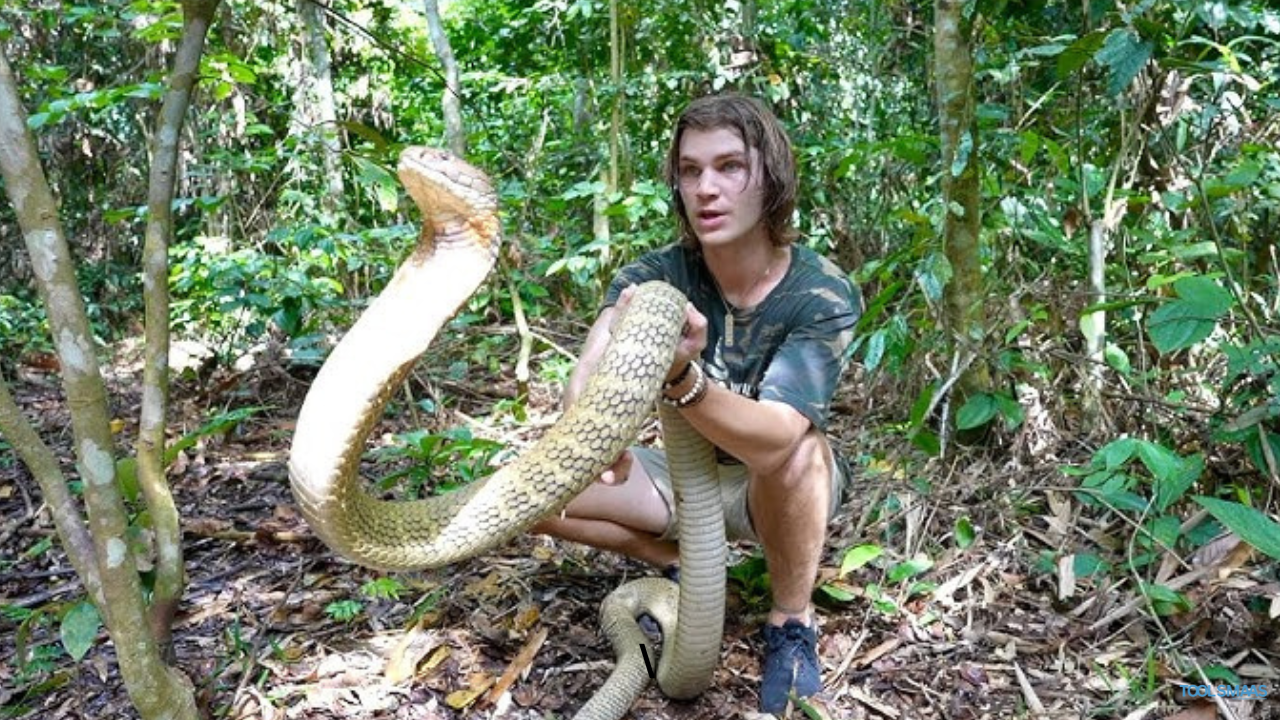Introduction to Dangerous Snakes
Dangerous Snakes, with their slender bodies and sinuous movements, have fascinated and frightened humans for centuries. Among the approximately 3,000 snake species worldwide, a select few command particular attention due to their potent venom or aggressive behavior. Understanding these dangerous snakes is crucial for several reasons. Firstly, these snakes play significant roles in their ecosystems, acting as both predators and prey, thereby maintaining ecological balance. Secondly, educating the public about these serpents is essential for reducing the incidence of snakebite fatalities and promoting safer coexistence.
A snake is typically defined as ‘dangerous’ based on its venom potency and its propensity to interact with humans. Venomous snakes possess specialized glands that produce toxins capable of immobilizing or killing prey. These toxins can be lethal to humans as well, causing severe medical emergencies if left untreated. However, it is important to note that not all dangerous snakes are venomous; some possess powerful constriction abilities or exhibit defensive aggression that can also pose risks.
The ecological impact of dangerous snakes should not be underestimated. As apex or mesopredators, they regulate the populations of their prey species, which often include rodents and other pests. This natural control curtails the spread of diseases and crops destruction, demonstrating the beneficial aspects of these oft-maligned creatures. Furthermore, snake venom holds untapped potential for medical science, with researchers developing novel treatments for various human ailments using snake-derived compounds.
In this blog post, we will delve deeper into the world of these formidable reptiles, expanding our understanding of their habitats, behaviors, and the safety measures one should follow to minimize risks. By gaining a more comprehensive understanding of dangerous snakes, we can foster a more informed and respectful relationship with these intriguing yet perilous inhabitants of our world.“`html
Types of Venomous Snakes
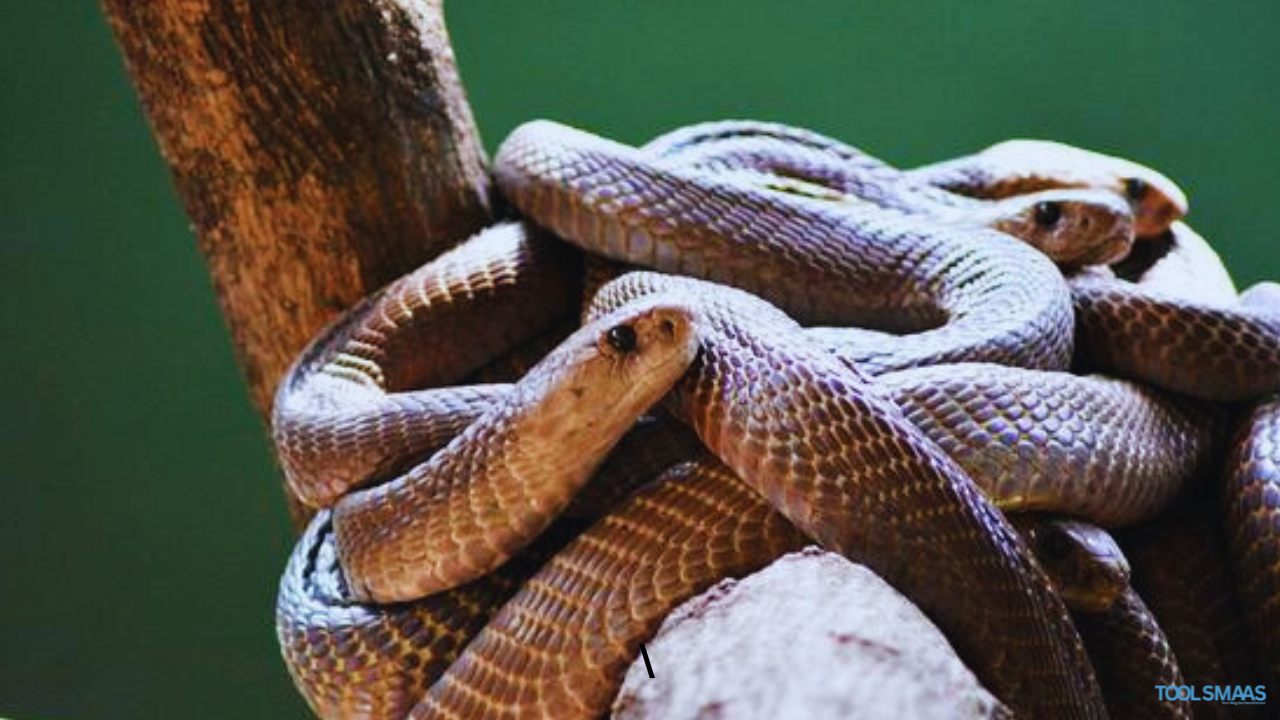
The world of venomous snakes is vast and diverse, encompassing a variety of species that span continents and ecosystems. These dangerous reptiles are classified primarily into three families: vipers, elapids, and sea snakes, each with unique characteristics in terms of venom potency, geographic distribution, and distinctive traits.
Vipers, such as the infamous rattlesnakes, adders, and pit vipers, are predominantly found in temperate and tropical regions. Their venom is hemotoxic, affecting the blood and tissue. One of the most notorious members of this family is the Russell’s viper, prevalent in Asia, noted for its potent venom that can lead to extensive internal bleeding and organ failure. Vipers are easily identified by their long, hinged fangs and stout bodies, along with triangular heads.
Elapids, including cobras, mambas, and coral snakes, are primarily located in tropical and subtropical regions. Their venom is neurotoxic, targeting the nervous system. The king cobra, the world’s longest venomous snake, is particularly feared for its ability to deliver significant amounts of venom in a single bite. This species, mostly found in the forests of India and Southeast Asia, can cause respiratory failure and cardiac arrest in its victims. Elapids are generally slender and have fixed, forward-facing fangs.
Sea snakes, adapted to marine environments, are primarily found in the warm coastal waters of the Indian and Pacific Oceans. Their venom is remarkably potent, often more so than their terrestrial counterparts, and is primarily neurotoxic. The beaked sea snake, prevalent in the Arabian Sea and Bay of Bengal, is among the most dangerous, with a venom that can cause muscle paralysis and respiratory failure. These snakes have paddle-like tails for swimming and are ovoviviparous, giving birth to live young.
Understanding the various types of venomous snakes, from their distinct venom effects to their geographic habitats, is essential for recognizing the risks they pose. Whether encountering a viper in the wild or a sea snake while diving, awareness and caution are paramount.“““html
Deadliest Snake Encounters: Real-Life Stories

In the secluded farmlands of Thailand, a rice farmer named Banh was tending his crops when he felt a sudden, sharp pain in his ankle followed by an eerie sense of numbness. The culprit was a King Cobra, known for its potent venom and aggressive behavior. Despite immediate attempts to tie a tourniquet and call for help, the venom quickly spread through Banh’s system. By the time medical aid arrived, he was in critical condition. Unfortunately, Banh succumbed to the venom within hours, highlighting the inherent danger that comes with these majestic yet deadly snakes.
Thousands of miles away in the Brazilian rainforest, a seasoned biologist, Maria, had an unexpected encounter with a Bushmaster, one of the largest vipers in the world. While navigating through dense foliage, Maria accidentally disturbed the snake’s hiding place. The Bushmaster’s bite was swift, injecting a lethal dose of venom. Although Maria had the advantage of quick access to antivenom, the severe side effects of the bite left her with lasting neurological damage, showcasing how even non-fatal encounters can lead to profound, life-altering consequences.
In the arid landscape of Australia, Jake, a wildlife photographer, was capturing the beauty of the outback when he stepped too close to a Western Brown Snake. Known for its highly toxic venom, the snake struck without warning. Despite Jake’s immediate efforts to apply first aid and call emergency services, the venom’s rapid action left him in a precarious state. Intensive treatment managed to save Jake’s life, but he faced prolonged recovery and enduring health issues, underlining the perilous nature of these encounters.
These real-life stories illustrate the formidable power of venomous snakes and the often severe outcomes of encounters with them. They serve as stark reminders of the respect and caution that these dangerous reptiles command, emphasizing that while snakes hold an important place in our ecosystems, their encounters with humans can have devastating consequences.“`
The behavior of dangerous snakes is a subject that evokes both fear and fascination. Understanding the behavioral patterns of these reptiles can enhance safety and alleviate unnecessary fear. Generally, snakes exhibit varying levels of aggression, which can be influenced by their species, environmental conditions, and specific situations.
Contrary to popular belief, most snakes do not aggressively seek out human interaction. Their primary instinct is survival, which dictates their hunting methods and defense mechanisms. Predatory snakes typically employ a combination of ambush and active hunting strategies. They rely on their keen sense of smell and heat-sensitive pits to locate prey, often striking with precise accuracy to deliver venomous bites. This venom serves the dual purpose of immobilizing prey and beginning the digestion process even before ingestion.
A key factor in understanding snake behavior is recognizing situations that may trigger aggression. When cornered or disturbed, snakes may perceive humans as threats, prompting defensive responses. These responses include hissing, coiling, and striking. The intensity of these behaviors can vary greatly among different species. For instance, the Black Mamba is notorious for its aggressive nature and fast strikes, whereas a King Cobra may resort to dramatic hood displays and loud hissing before considering an attack.
Defensive mechanisms are also crucial to snake behavior. Some species, such as the Rattlesnake, use auditory warnings like rattling to deter potential threats. Others, like the Spitting Cobra, can project venom from their fangs accurately over several meters to dissuade predators. Additionally, many snakes adopt cryptic coloration and patterns, blending seamlessly into their surroundings to avoid detection altogether.
Comprehending how snakes perceive threats and react to them is vital for ensuring safety in snake-prone areas. By respecting these creatures and maintaining a safe distance, one can significantly reduce the risk of unintended encounters and potential bites. The goal is to foster coexistence with these fascinating reptiles by recognizing their roles in the ecosystem and the importance of their natural behaviors.“`html
Habitats and Distribution
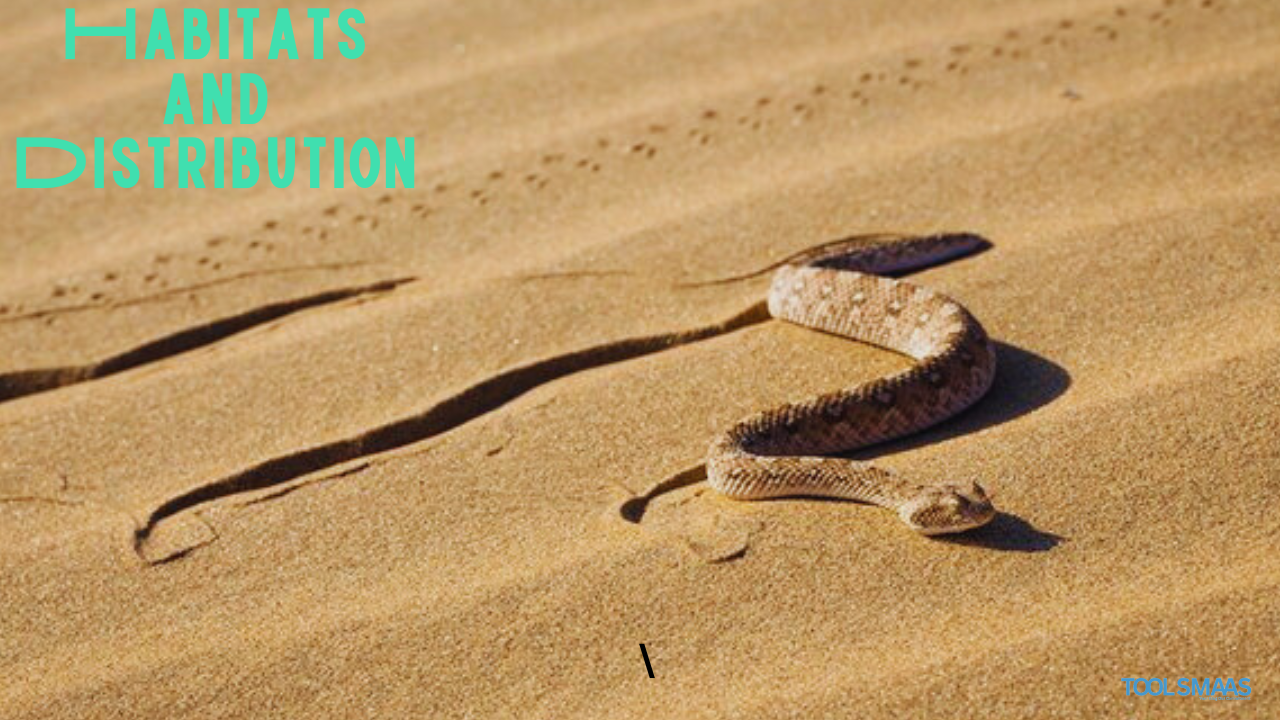
The natural habitats and geographical distribution of the world’s most dangerous snakes are diverse, encompassing various ecosystems such as rainforests, deserts, swamps, and coral reefs. These environments provide the specific conditions necessary for the survival and proliferation of different snake species, contributing to a wide-ranging geographical spread.
Rainforests are home to snakes like the green mamba and the bushmaster, which thrive in dense, humid, and lush vegetation. These regions offer abundant prey and concealment opportunities essential for their ambush hunting tactics. Similarly, deserts support species such as the saw-scaled viper and the inland taipan, adapted to arid conditions through specialized behaviors and physiologies that minimize water loss and maximize heat regulation.
In swampy areas, species like the cottonmouth or water moccasin seek out the moist, marshy grounds for hunting amphibians and other small creatures. The unique conditions of swamps provide an ample food supply and conducive environments for these aquatic and semi-aquatic snakes. Furthermore, coral reef ecosystems are home to some of the most venomous sea snakes, which feed on eels and small fish while navigating the complex underwater terrain.
However, habitat destruction poses a significant threat to these dangerous snake populations. Deforestation, urban expansion, and agricultural development lead to the fragmentation and loss of vital ecosystems. This destruction not only endangers the snakes but also disrupts the intricate balance of the habitats they inhabit. Consequently, conservation efforts are crucial to preserving these habitats and maintaining the biodiversity they support.
Understanding the habitats and distribution of the world’s most dangerous snakes is paramount for both conservation efforts and public safety. By recognizing these areas, we can better protect ourselves and these remarkable animals while ensuring that future generations can appreciate the wide-ranging diversity of snake species in their natural environments.“`
Snakebites present serious medical implications, ranging from minor discomfort to life-threatening conditions. The severity of symptoms post-snakebite largely depends on the type of snake and the potency of its venom. Generally, snake venoms can be categorized into three main types: neurotoxic, hemotoxic, and cytotoxic. Neurotoxic venoms affect the nervous system, potentially causing paralysis. Hemotoxic venoms disrupt blood clotting processes, leading to extensive bleeding. Cytotoxic venoms target tissues, inflicting severe local damage and, in some cases, necrosis.
Symptoms and Treatment
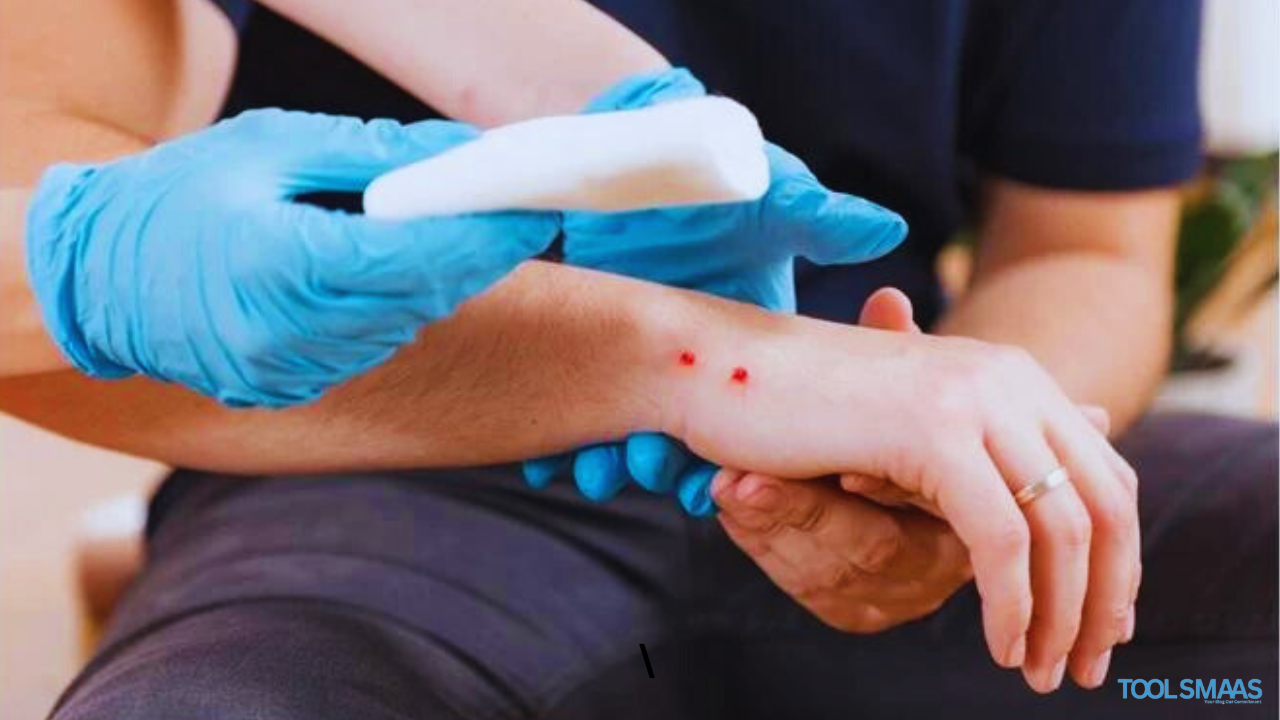
The onset of symptoms post-snakebite can be rapid. Common symptoms include intense pain, swelling, bruising, and localized tissue damage. In more severe cases, victims may experience nausea, vomiting, difficulty breathing, and altered mental states. Prompt medical intervention is critical to counteract these effects. The cornerstone of effective treatment is the administration of antivenom, which is specifically formulated to neutralize the toxins present in the venom. Antivenoms work by binding to the venom, preventing it from causing further damage and facilitating its removal from the body.
Challenges in Treating Snakebites
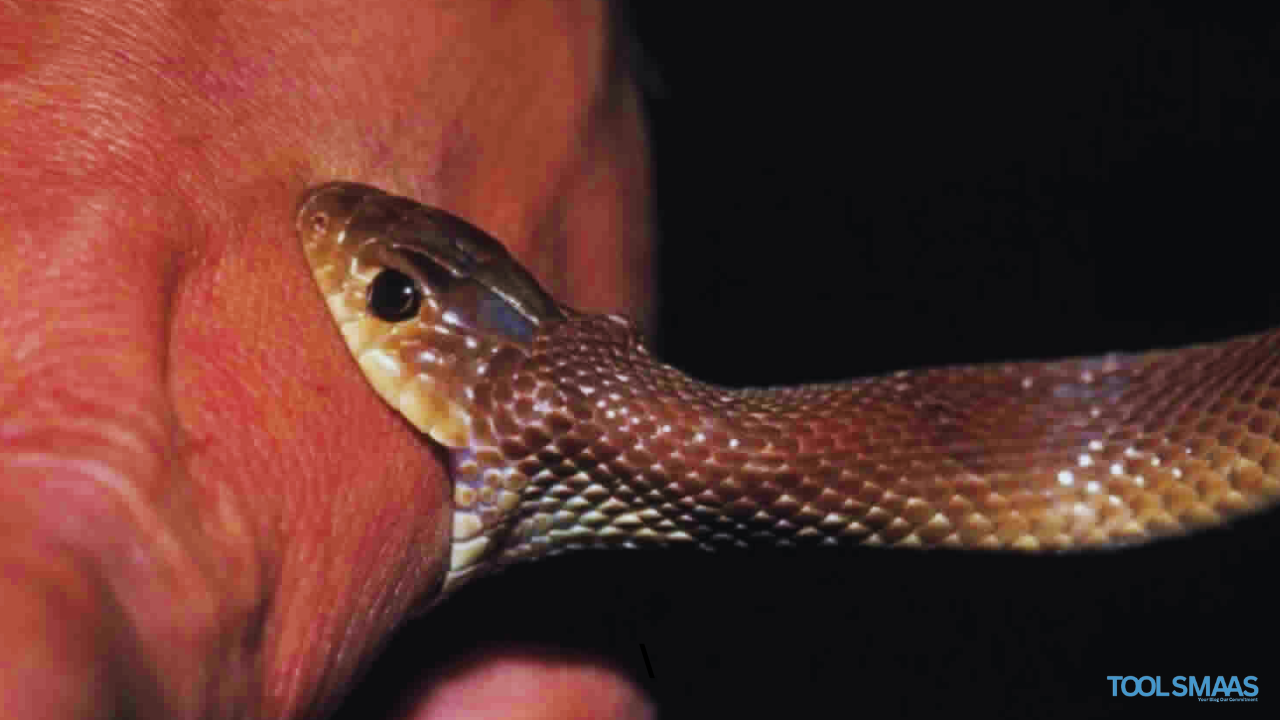
Treating snakebite victims presents notable challenges, particularly in remote areas. Access to antivenom can be limited due to logistical constraints, and the high cost of antivenom production further exacerbates the problem. Additionally, the need for precise matching between the type of snake venom and the specific antivenom complicates treatment efforts. In resource-limited settings, healthcare personnel may lack adequate training and necessary equipment to manage snakebite emergencies effectively.
Long-term Effects
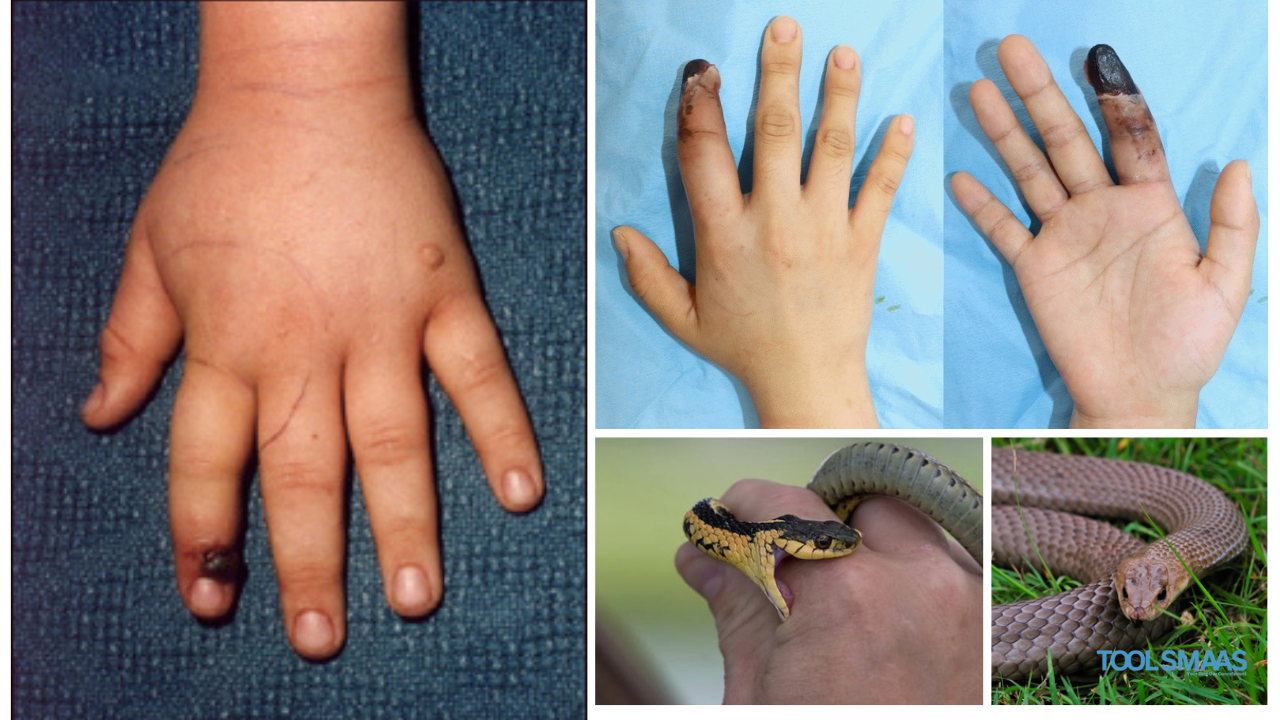
The aftermath of a snakebite can include prolonged health complications. Survivors might suffer from persistent pain, reduced mobility, and psychological trauma. In severe cases, permanent damage, such as amputations of affected limbs, can occur. Rehabilitation programs focusing on physical therapy and psychological support play a crucial role in aiding recovery and enhancing the quality of life for those affected.
Prevention and Safety Tips
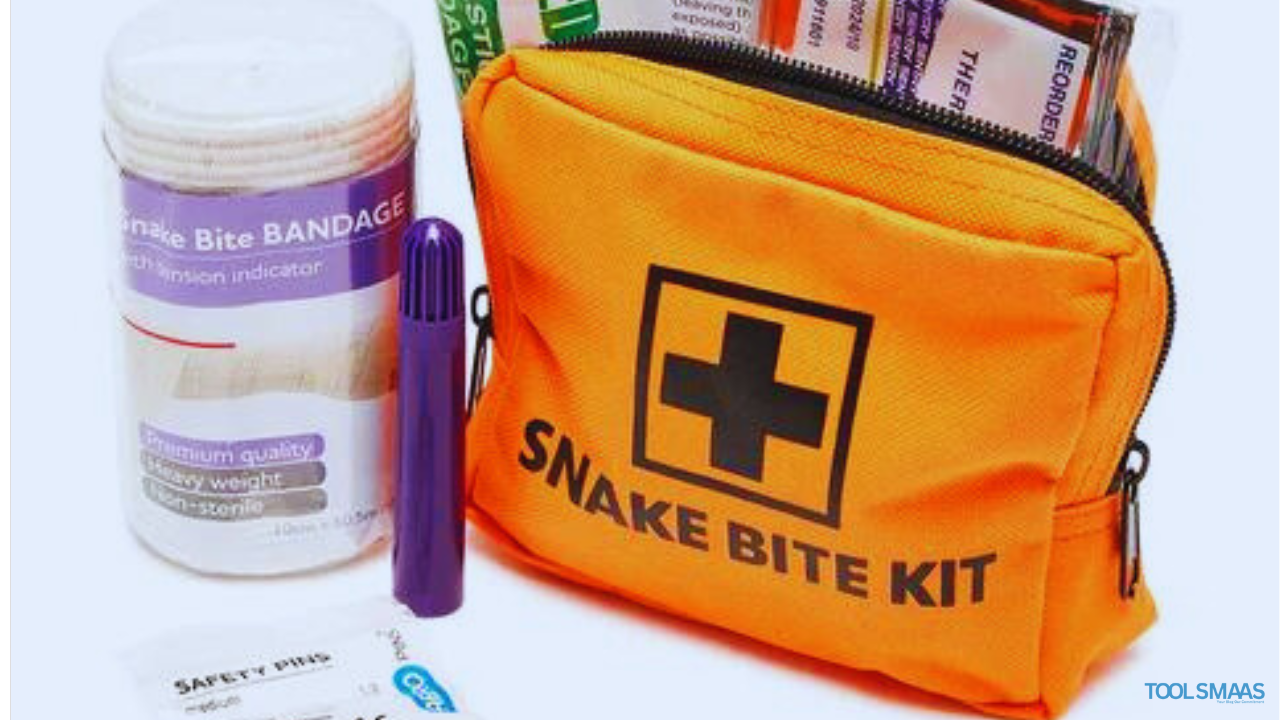
Ensuring safety while navigating snake-prone areas is paramount. One fundamental strategy to avoid snake encounters is to remain vigilant and aware of your surroundings, particularly when hiking or camping. Stick to clear paths, wear sturdy boots, and consider using a walking stick to disturb potential hiding spots for snakes. Avoid tall grasses, piles of leaves, and rock crevices, as these are common habitats for snakes.
When setting up camp, choose open areas with minimal vegetation. Before settling in, thoroughly inspect the site for any signs of snakes. Ensuring that tents are fully zipped and checking your sleeping bag and shoes before use can further protect you from unwanted surprises. Additionally, sleeping on cots or elevated platforms keeps you off the ground, reducing the chance of a snake encounter during the night.
In domestic settings, proper yard maintenance is crucial. Trim shrubs and grass regularly, remove debris, and seal potential entry points to your home to deter snakes from entering. If you encounter a snake in your yard or home, do not attempt to handle it yourself. Contact local wildlife control professionals to safely remove it.
First-aid knowledge is vital for dealing with snakebites. In the unfortunate event of a bite, remain as calm and still as possible to slow the spread of venom. Keep the affected limb immobilized and at or slightly below heart level. Avoid using tourniquets, cutting the wound, or attempting to suck out the venom, as these actions can exacerbate the injury. Promptly seek medical attention to receive appropriate care and antivenom treatment.
Education and preparation are key to staying safe in regions where dangerous snakes are present. By adhering to these prevention strategies and understanding first-aid measures, outdoor enthusiasts and residents alike can significantly reduce the risk of snake encounters and bites, ensuring a safer experience in nature and within their homes.
Conservation and Coexistence
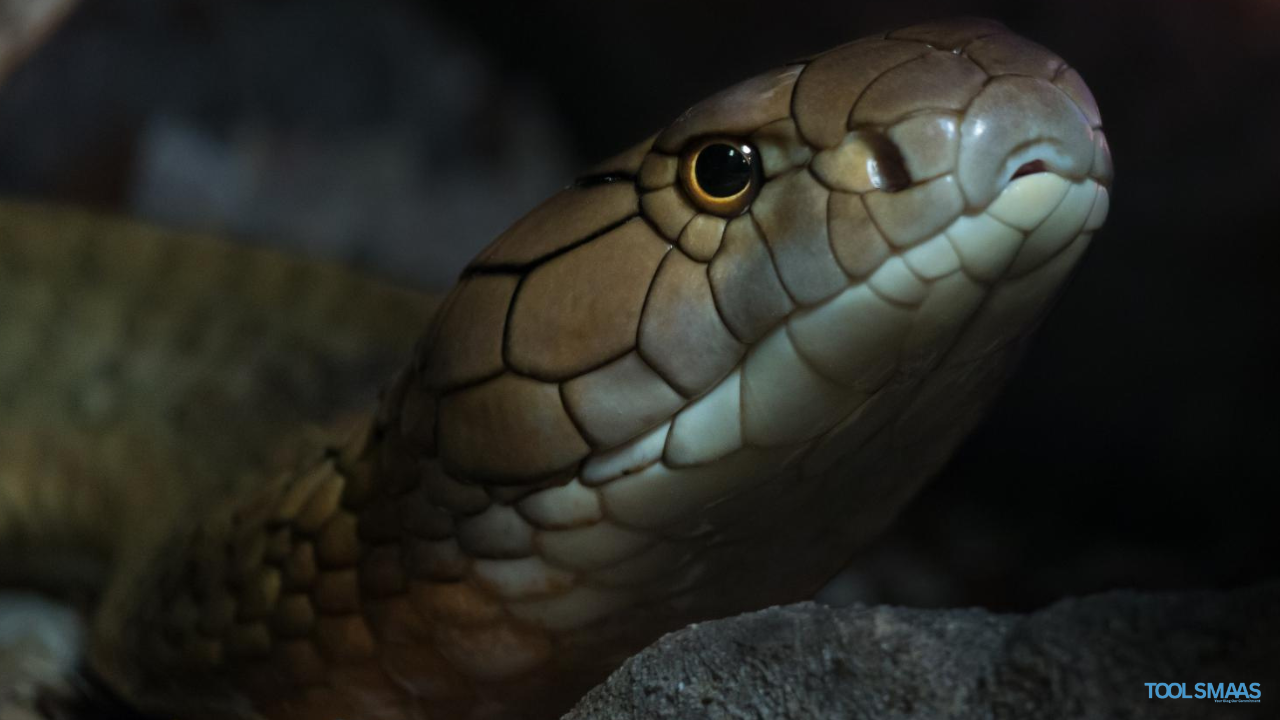
Understanding the importance of snake conservation is crucial as these creatures play a significant role in maintaining ecological balance. Snakes are natural predators of pests like rodents and insects, helping to regulate their populations. This predation controls potential outbreaks of diseases and contributes to healthier agricultural systems. For example, a single snake can consume numerous rodents, enhancing crop protection and reducing the need for chemical pesticides that can harm broader ecosystems.
Current conservation efforts focus on preserving snake habitats, which are increasingly threatened by human activities such as deforestation, urbanization, and pollution. Protected areas and wildlife reserves are essential in safeguarding the natural environments where snakes thrive. Initiatives like habitat restoration, reforestation, and the establishment of biological corridors also aim to ensure that these reptiles have safe passages between fragmented habitats, thus promoting genetic diversity and population stability.
The challenge of human-snake coexistence is significant. Education and awareness campaigns are critical in changing public perceptions and reducing fear-based killing of snakes. Programs that teach people how to identify venomous and non-venomous species, and how to react during snake encounters, are vital. Community engagement in conservation projects not only fosters safer interactions but also highlights the shared benefits of preserving snake populations.
Protecting snake habitats is not just about safeguarding snakes; it is about preserving entire ecosystems. Healthy snake populations indicate healthy environments. When we protect snakes, we also shelter countless other species that share their habitat. Thus, it is imperative to adopt management practices that balance development and wildlife conservation. Legislations aimed at reducing habitat destruction and promoting sustainable land use are fundamental. Moreover, research into snake behavior and ecological roles continues to provide insights that inform better conservation strategies.
In fostering coexistence, it is vital to appreciate the ecological value of snakes despite their potential dangers. By recognizing the interconnectedness of all species and the importance of biodiversity, we take significant steps towards a harmonious relationship with nature.

